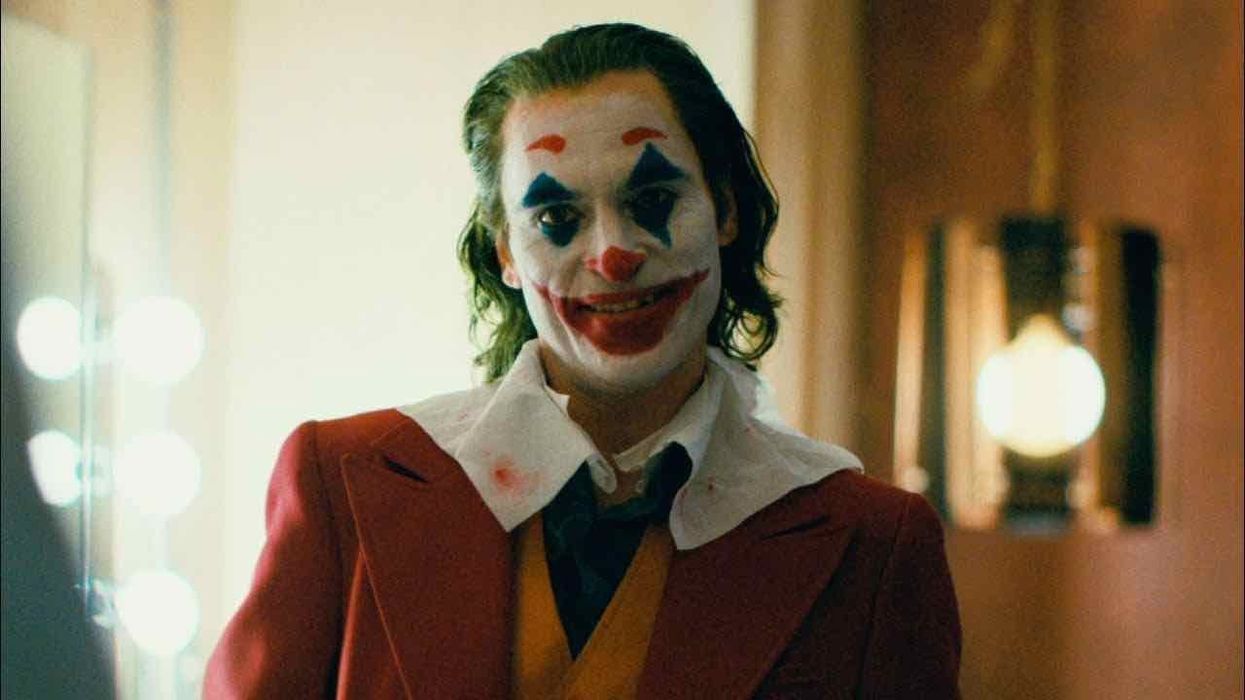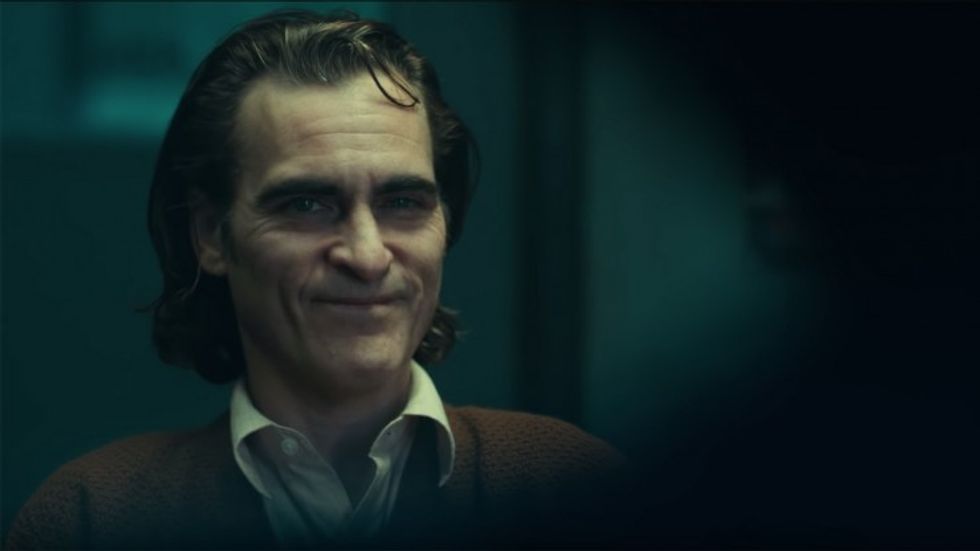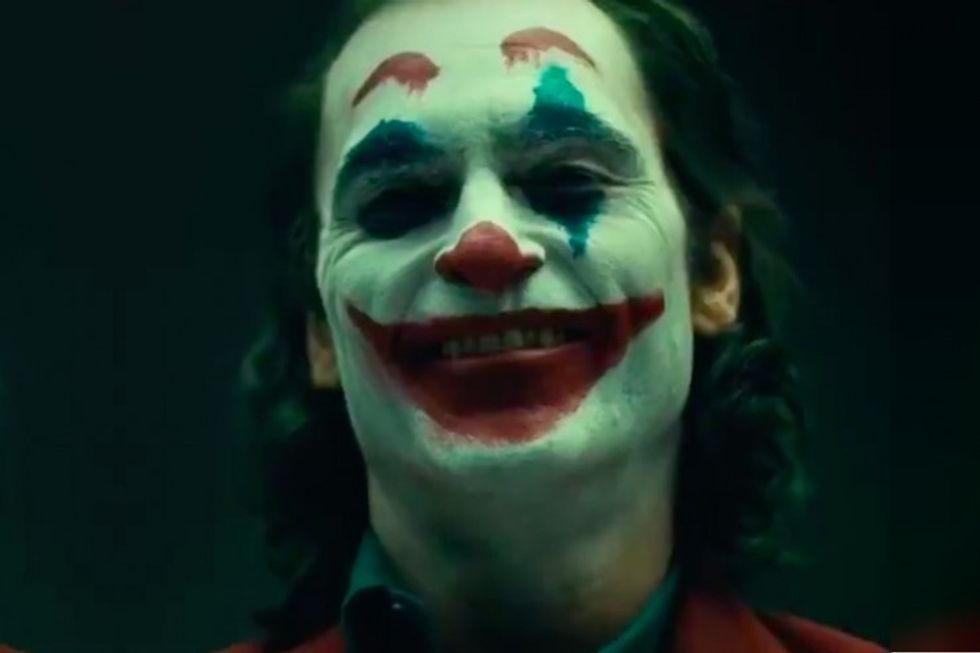What the Final 'Joker' Trailer Can Teach You About Originality and Homage
An original idea is worth its weight in gold, but it can be hard to get studios to buy-in. That's why some homage tactics work so well in selling your ideas. Not sure what I mean? Read on!

It can be so hard to come up with original ideas and explain them to studio executives. Everyone wants to know what your movie is like. What's the tone, the genre, the style? All these questions get exhausting but are necessary when it comes to creating something special.
Today, I want to teach you an easy brainstorming and explaining technique most Hollywood people use to describe their stories and to try to sell them in the room or on paper.
It's also something I actively use to brainstorm new ideas as well.
Looks like you're in for a productive writing day.
Check out the final trailer for Todd Phillips' Joker and let's chat after.
Homages as Pitching Prompts
The first thing anyone talks about after seeing that Joker trailer is how much it looks like a mix of Taxi Driver and King of Comedy. I mean, it even has De Niro in it!
When you're pitching a new idea to an exec, manager, or even a friend, you probably describe it like this:
"It's like X movie meets Y movie."
I recently sold one in the room that was "When Harry Met Sally meets Scream." Now, that wasn't my whole pitch, but it was my way into telling them the actual story. It was my way of describing the look and feel, and what drew me to the idea.
Lots of times we use movies to compare to our ideas.
It's important to pick movies that were financial successes. Movies that don't have production horror stories or huge issues.
No one wants to make Ishtar meets the Fantastic Four Reboot.
We get it, it's useful to use inspiration when pitching movies.
But what about writing?
Homages as Writing Prompts
One thing I really admire about Joker is how it uses homage as a writing point. What if Travis Bickle was just the Joker origin story? What if the King of Comedy was just a struggling standup comedian that became the Joker?
Now, I cannot confirm this is how the movie was pitched or written, but it sure seems like it.
And that's okay!
Coming up with new ideas is so hard. You have to map the beats and characters and set pieces.
So what if you just tried to find YOUR VERSION of a movie?
What I mean is, what if you laid out a movie, laid out its beats, then just changed it.
Often, this is how I start my first drafts. I think about what my Frankenstein is. I lay out all the beats. The monster, the creation, the friendship, the turn, the chase, etc.
Then I fill in my version of the story with unique beats or twists on the beat. Then I outline, do a treatment, and hit my first draft. You can do it too. Just figure out what movies you want to emulate, layout their beats, and begin to fill in the blanks. This is liberating. Better writers than you have been there and solved problems. And you can even choose bad movies and do their beats a new way.
Who doesn't want to see a superior version of The Canyons?
Brainstorming is not locking yourself away and figuring out what has never been done before. It's figuring out why what you have to say is important, and then forming those important parts in any way that makes you productive.
So the real question is, why aren't you writing this way?
Try it and let me know in the comments!
What's next? Check out our Beat sheet!
Stuck and can't write your way out? A beat sheet can help you pick moments that keep your narrative thrust moving forward. So why aren't you using one?
Click the link to learn more!
















